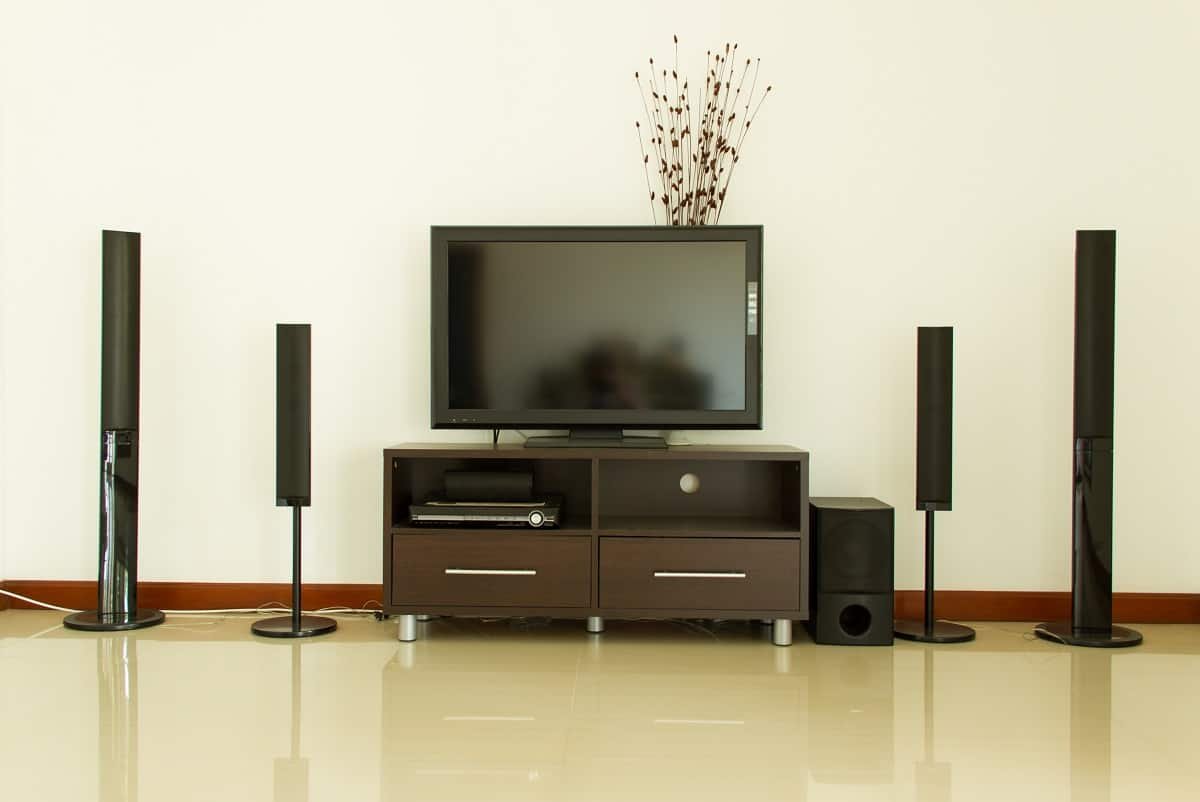So you are thinking of getting a one of the home theater systems that everybody is so hyped about, but you don’t really know what it is all about. It is said to be the best way of watching movies with the ‘cool cinema effects’ in your home.
You asked yourself the question why would you want to do that? You are happy the way it is and was until now. Going to the movies when a blockbuster is showing always was the way to do it — getting your popcorn and settling into the comfortable seating and enjoying the movie.
But why would you want to fork out your money for a home theater system? It can be argued that it is the sound effects and the way your ears experience the sound and special effects built into movies. Perhaps that made you consider getting such a system, but how does a home theater system work? In this article, we will take a look at the answer to this.
How a Home Theater System Works
Home theater systems bring the movies at a cinema experience into your home. If you install just a basic home theater system in your home the correct way, it will make a difference and will change the way you watch movies or play console games at home forever.
Having a home theater system is not just about the movie experience but more about the sound effects. For many people, the idea of setting up a home theater system is daunting, but it doesn’t have to be. Here are some simple guidelines to get you started.
What follows might sound a little technical, but you wouldn’t be reading this if you didn’t expect as much. Besides, getting technical means that you’re learning new terms with which you can impress others who aren’t as clued in as you are — or you will be after reading what we’ve got to say here.
What You Need to Set Up Your Home Theater System
The receiver unit is the brain of a typical home theater system. This is what will send video images to the TV, and the sound will head to the decoder, which will pass on the received info to the different sound channels, and then the info gets sent to amplifiers for every sound output.
The receiver unit and amplifier assembly that in a home theater system do precisely the same thing that the amplifier and receiver in an everyday stereo system does. Basically, it receives the signals from many different input devices, such as DVD players, then it will amplify the sound signals, and send them to the output device, such as a television, sound system, or speakers.

How It All Comes Together
The home theater receiver unit and amplifier combine many different parts. Some of them will even have a media or DVD player built into the receiver unit.
TV
The TV is connected to the receiver via DMI cable. Any flat-screen TV or even a projector with its screen will do.
Compact Disc Player
The Compact Disc player must be compatible with one or more of the following: Ultra HD, Blu – Ray, DVD or CD.
Game Console
This can be a PlayStation or any other game console. The game console is optional.
Loudspeakers
The number of loudspeakers depends on speaker layout, and all the cables come with a standard package.
Subwoofer
The simple explanation is like this: The home theater system receiver sends the video from the compact disc player or media player to the TV where it is displayed in the format of your choice — HD or other.
Then the home theatre receiver sends the sound from your TV to the amplifier and to the speakers of your system depending on if you want 2.1 or 5.1 or 7.1 output and if you chose Dolby ATMOS to enhance your listening experience. Dolby ATMOS is a setup where you put some of the speakers above the audience.
Conclusion
A last word of advice — before you buy your home theater system, make sure you know what it is you want. Do some research on the different speaker layout and surround sound systems and decide beforehand if you’re going to put speakers overhead or just standard satellite speakers set up in a TV or gaming room. It is, after all, your decision and preferences that matter.
Maybe next time you talk to someone else that is not sure if they should go for the home theater experience you will be able to convince them to go for it! Now go and enjoy your excellent sound and share this information with your friends and family and see how impressed they are with how tech-savvy you’ve suddenly become. Happy listening!


